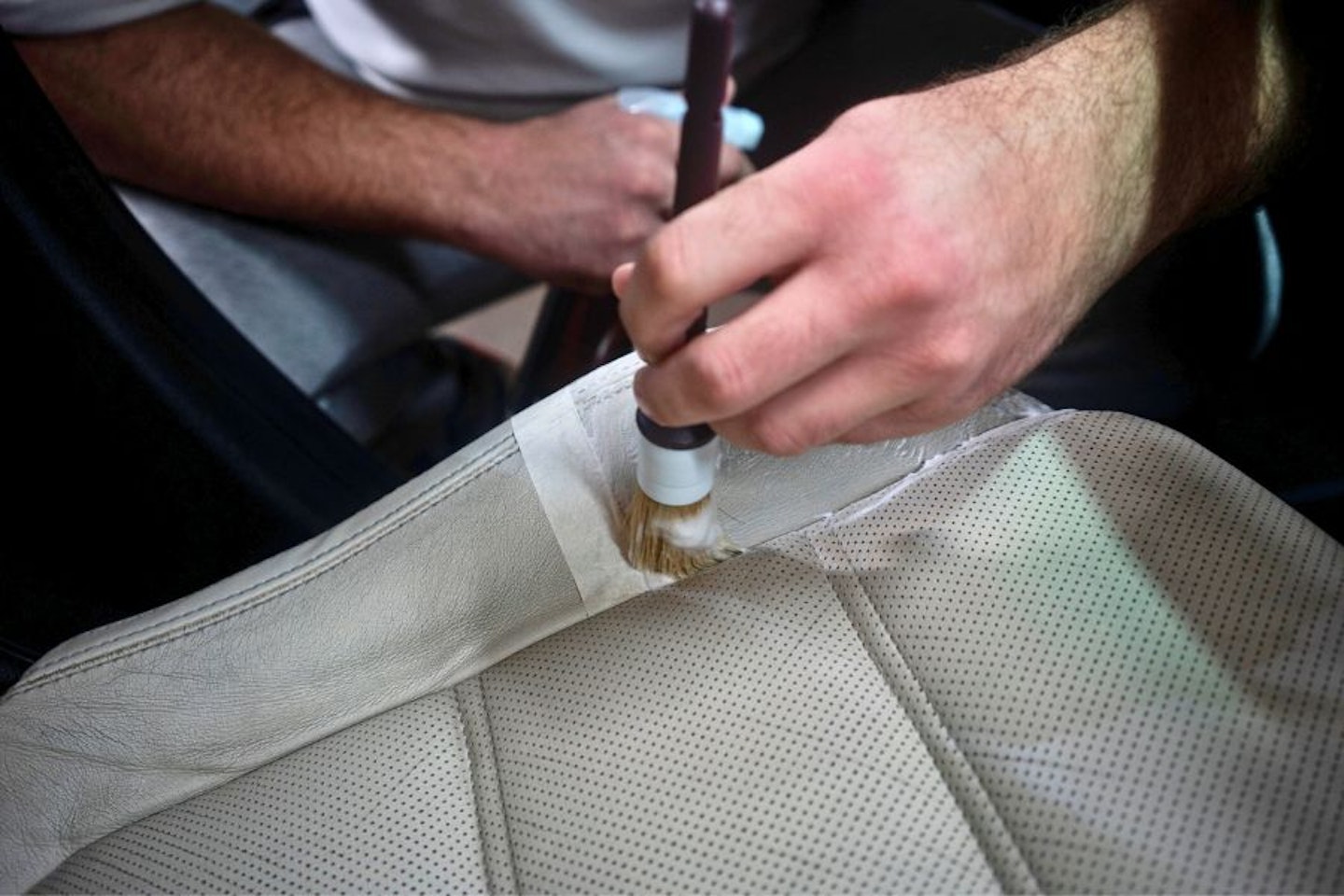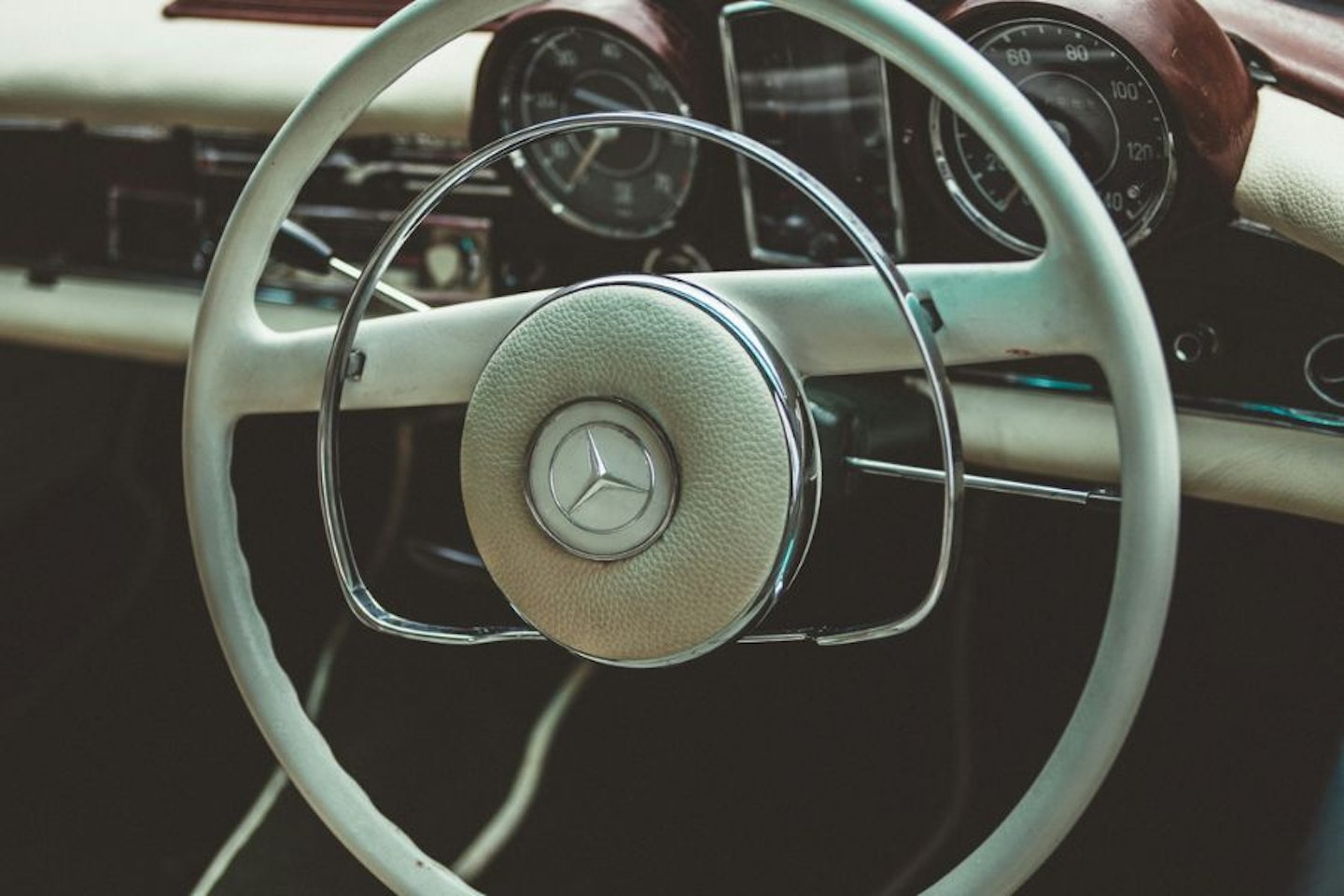They add an air of luxury to a vehicle, but how do you go about cleaning leather seats properly? The process is a bit more thorough than standard cloth or other types of fabric. But happily, it isn't as advanced as you might be expecting, and you don't have to be a pro detailer to try out this stage of car interior cleaning for yourself.
As petrolheads, we can't help ourselves to the smell of leather seats. Poke your head inside a 1960s Jaguar, and your nasal senses are embraced by the paragon of varnish and the unmistakably vintage scent of the sofas that beckon you.
Even today, leather still stands as the staple for car trim. As cloth, vegan materials, and even Alcantara have taken the realm of most new cars, leather seats remain a symbol of a top-trim vehicle.
But if you have leather seats in your car, chances are you'll want to keep them fresh. Beige leather can stain especially badly which can make the car difficult to sell if you haven't prepared it properly. Read on for our comprehensive guide on how to clean, detail, and maintain a leather interior.
How to clean leather seats
Leather seats become dirty in a number of ways. Whether it be oils from your skin, sweat, or other kinds of dirt penetrating your leather interior. You'll notice it'll need cleaning when the matte finish from the factory has degraded.
Leather can also build up with dirt as well, which is especially annoying with lighter leather. This guide will provide you with tips on how to get rid of the nasty side effects of leather interiors.
Step 1: Vacuuming
Before any solution or applicator is applied, you need to pick up any loose dirt that may be embedded in your seats. A powerful handheld, corded, or cordless vacuum cleaner with the right attachment will be suited for the job.

Step 2: Applying leather cleaning and conditioner
Next, grab a bottle of your leather cleaner and begin spraying one seat. You should go seat-by-seat and section-by-section when spraying and wiping down. This preserves the amount of leather cleaner that you have in your bottle and makes the process a little bit more efficient.
You can find leather cleaners and conditioners as separate products. But some manufacturers can combine the cleaning gear into one bottle, often referred to as 2-in-1 or 3-in-1 types.
Step 3: Wiping down
Once you've applied the leather cleaner, grab a brush, cloth, or cleaning pad and gently wipe in a circular motion. For stubborn bits of dirt, you can use a soft leather cleaning brush, spray the product directly on the brush, and apply in little circular motions. You don't have to press hard to allow the product to work into the dirt.
You can repeat the same spray and wipe process on the leather trim such as the steering wheel, gear lever, or other trim if your car is equipped with it.

Step 4: Second wipe down
Using a separate microfibre towel or just a clean, damp cloth, repeat the same and wipe over the seat again in order to remove excess product and dirt that may be left over.
Step 5: Buffing the leather
Next, using the cleaner side of the second microfibre towel, buff the leather until you achieve a soft, fresh finish. The purpose of this last process is to ensure the products you've sprayed and embedded into the seats can set in and penetrate properly. Additionally, giving your seats a clean helps protect against UV rays, which can degrade the material over time. If you're using a leather conditioner, this can also prevent your seats from hardening, which leads to cracks.
Recommendations for cleaning older leather seats

The main gist of this guide is towards modern forms of car leather. The sort of thing you might find in a newer BMW or Audi. However, leather seats as a whole have developed massively over time. When you think back to an MGB or a '60s Mustang, the wear on leather seats will be more noticeable. This is where you'll often find signs of cracking in cars like that.
Older cars used vegetable-tanned cow leather. Oils and greases were often used to waterproof them, which is a similar method to how horse saddles are protected. Up until around the 1980s, cars were commonly found with pigmented smooth leather, and the surface colourisation added the needed protection.
Modern leather car seats will use a protective topcoat to provide protection from the elements, one of the main reasons why cracked leather has become a rare sight in modern cars.

For older cars, you can use other forms of leather cleaner rather than just car-specific ones. You agitate it in with a brush before working it in with a cloth or applicator as usual. This usually takes quite a bit of elbow grease if the seats are badly worn.
A leather balm is recommended by some as a conditioner for older leather seats. This gently moisturises the brittle leather and allows the material to be more malleable. You then work in some leather cleaning oil until you can feel the leather becoming more supple. The products will take time to soak in. But if you have your classic in direct sunlight, feeding the leather like this regularly will help reduce wear and give it better protection against the sun and UV rays.
Aaron Hussain is a commercial content writer at Bauer Media writing for Parkers and CAR. He is obsessed with classic cars and anything with a fascinating story to tell.
